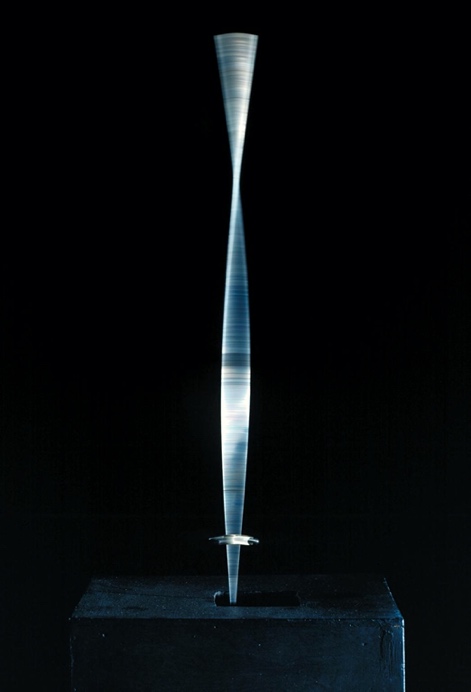Russian Avant-garde
The Russian avant-garde is a general term for the artistic movements that emerged in Russia from the 1910s to the early 1930s, which included a wide range of activities in literature, theater, art, music, architecture, film, and design. Notable among these were the Suprematism painting of Kasimir Malevich, the Russian Constructivist movement of Vladimir Tatlin, and the establishment of the VKhUTEMAS (Higher Art and Technical Workshops).
Malevich, one of the most important painters of Suprematism, aimed at absolute freedom of mind and space, and created purely abstract paintings without any object, such as Black Square (1915), in which the real-world object was completely excluded. This was one of the milestones of abstract painting and had a great influence on later art, especially on Minimalism and Conceptual Art.

Constructivism, on the other hand, was based on the communist idea of building an ideal society after the Russian Revolution, and it tried to harmonize art and technology, to make them work together in a practical and useful way for society, by actively using industrially produced materials such as steel and glass in its artistic expression. One of the major achievements of Constructivism was its unique use of time and space in artistic expression.
Tatlin’s Corner Counter Relief of 1915, in which various materials are combined, is regarded as a prototype of the installation form, in which space is also incorporated as an expressive element. This work was developed into the idea of the Monument to the Third International, a huge monument in rotating motion. Although the monument was never built, it is regarded as a symbol of Constructivism in its use of new materials such as steel and glass, its bold forms, its use of advanced technology, its harmony with the mechanisms of nature, and its orientation toward the ideals of the Russian Revolution.


In 1920, Naum Gabo and his brother Antoine Pevsner published the “Realistic Manifesto,” which criticized Cubism and Futurism and argued that space and time were the only forms on which art could be constructed. In the same year, Gabo attempted to substantiate his declaration with his first kinetic artwork, Standing Wave. The rotating motion of the motor is transmitted to a metal rod, which swells in the center because of the centrifugal force, creating an imaginary volume without a material mass in time and space.

In addition, in 1920, the VKhUTEMAS (Higher Art and Technical Workshop) was founded in Moscow, with a teaching staff that included Malevich, Tatlin, El Lissitzky, Wassily Kandinsky, Aleksander Rodchenko, and other leading figures of the Russian avant-garde movement. The school offered a wide range of courses in architecture, sculpture, graphic design, textile design, and woodwork. The aim was to train people to support the modern architecture and industry necessary for economic development. The school is closely related to the Bauhaus, which was founded at the same time.
The Russian avant-garde, which was closely linked to the Russian Revolution, was a very rare trend in which the avant-garde art movement played a part in economic development, and was a large-scale social practice that sought to bring change to the world through the power of art.
(KURIYAMA Hitoshi)
References
- 伊藤俊治(1991)『機械美術論 もうひとつの20世紀美術史』岩波書店
- 末永照和(2000)『20世紀の美術』美術出版社
- 三井秀樹(1994)『テクノロジー・アート』青土社
